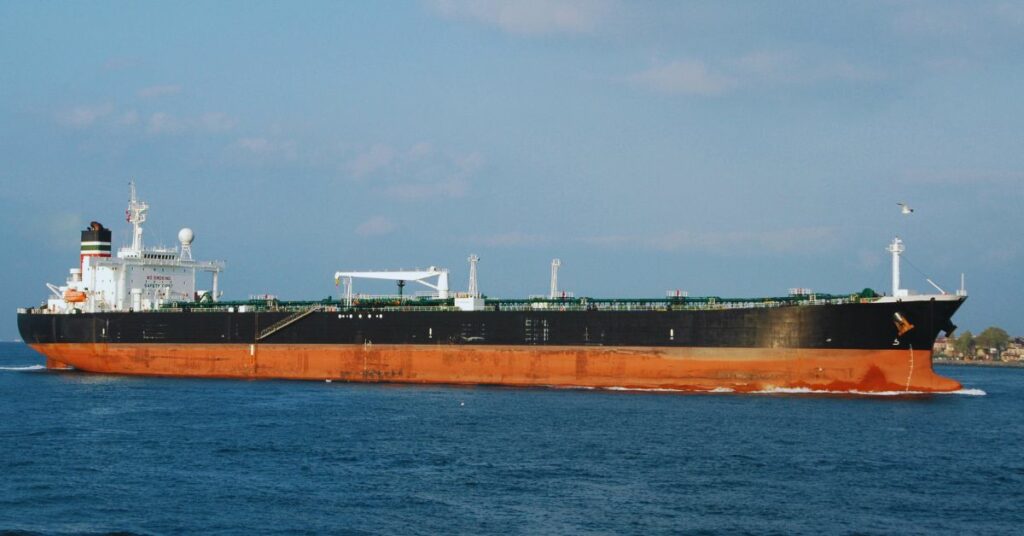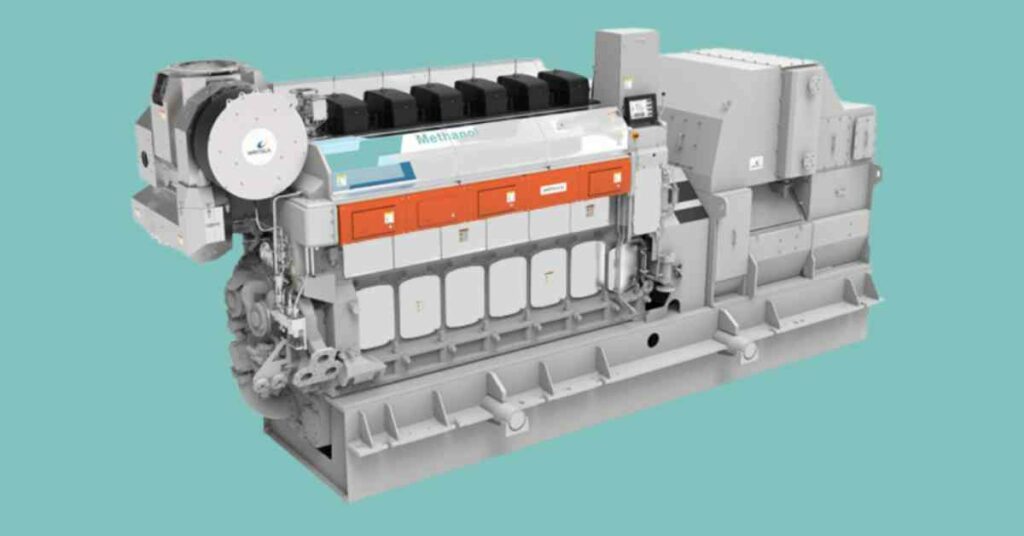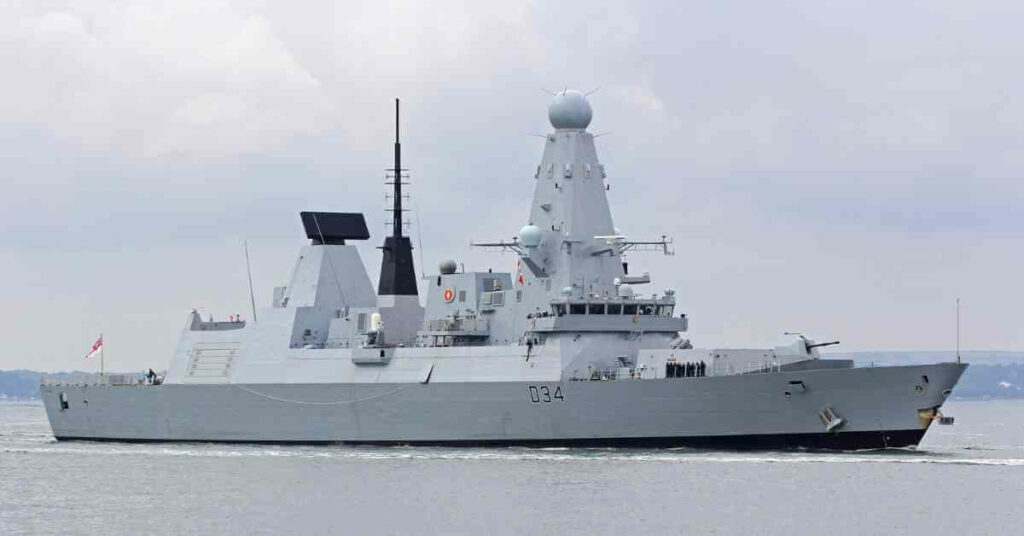China Launched World’s First Ultra-Fast, Carrier-based Anti-Ship Missile Dubbed ‘YJ-21’ That Can ‘Strike The Eagle’
Finally, China has launched the ‘Eagle Strike 21’ also known as the ‘YJ-21’. It is China’s much-awaited hypersonic, ship-borne anti-ship missile. It is currently on display at the Zhuhai Air Show.
YJ-21 is known as the world’s first anti-ship, carrier-based ballistic missile. It was displayed alongside the two air-to-surface anti-ship Tianlei (TL) missiles. It was reportedly marked ‘YJ-21E’, wherein the ‘E’ indicates the missile’s export variant.
The YJ-21 is considered one of China’s most lethal weapons, wholly hidden from the public until now. In April 2022, the People’s Liberation Army (PLA) Navy published a video showing a Type 055 cruiser firing an unseen missile that was understood to be the YJ-21.
From the video clip, it is understood that the missile had a bi-conic nose and small fins, and its control surfaces show that it isn’t a surface-to-air missile (SAM).

The YJ-21E appears to be similar in dimensions and shape to the one fired from the Type 055 cruiser this year in April.
While specifications concerning its performance remain unknown until now, its range is between 1000 and 1500 km. Per the South China Morning Post, the anti-ship missile boasts a terminal velocity of Mach 10, which is ten times the speed of sound.
In a video released in April, the YJ-21 appeared to be cold-launched from the stern’s vertical launch system (VLS) (of Type 055), which tells us that the missile was sent out from the launcher cell with gas before the engine ignited.
Most importantly, the ultra-fast YJ-21 is part of China’s arsenal of missiles designed exclusively to take out aircraft carriers of enemies. It has an unpredictable flight path capable of penetrating through the flight deck of an aircraft carrier and eliminating it super fast.
China Focuses on ‘Carrier-Killer’ Missiles
Beijing has long been worried about the abilities of American aircraft carrier groups to travel worldwide and exert unparalleled military dominance.
The US Navy now plans to have a fleet of 12 nuclear-powered aircraft carriers. On the contrary, China boasts three aircraft carriers, while the fourth is currently in the pipeline.
Recently the EurAsian Times discussed the capability to destroy an aircraft carrier as the mission of China’s strategy to counter US military actions off the country’s eastern coast. Eurasian Time reported on a target range in the Taklamakan desert. The targets were designed precisely as one Ford-class US aircraft carrier and two Arleigh Burke-class destroyers.
The targets were designed for China’s military to get better at anti-ship attacks with land-based Dong Feng-21D missiles, also dubbed the ‘carrier killer’, with a range of about 1,500 km.
The US Navy does not (at the moment) boast an anti-ship ballistic missile like the ones operated by China. The service is now associating with the US Army on a hypersonic Conventional Prompt Strike missile system that can seamlessly be launched from ships, submarine platforms, and land.
While the Tomahawk Block Vb and Va cruise missiles deployed by the US Navy have a benefit regarding range, as the projectiles can easily engage targets at approximately 1800 kilometres, they are subsonic and, hence, easier to intercept using advanced air defence systems.
A report published by the US Congressional Research Service about the naval capabilities of China in March 2022 highlighted the concerns top US military officials had. It mentioned that China’s stockpile of anti-ship ballistic missiles (ASBMs) could successfully block the US Navy from accessing almost a thousand miles off the coast of China.
References: Eurasian Times, Pakistan Defence
Disclaimer :
The information contained in this website is for general information purposes only. While we endeavour to keep the information up to date and correct, we make no representations or warranties of any kind, express or implied, about the completeness, accuracy, reliability, suitability or availability with respect to the website or the information, products, services, or related graphics contained on the website for any purpose. Any reliance you place on such information is therefore strictly at your own risk.
In no event will we be liable for any loss or damage including without limitation, indirect or consequential loss or damage, or any loss or damage whatsoever arising from loss of data or profits arising out of, or in connection with, the use of this website.
Disclaimer :
The information contained in this website is for general information purposes only. While we endeavour to keep the information up to date and correct, we make no representations or warranties of any kind, express or implied, about the completeness, accuracy, reliability, suitability or availability with respect to the website or the information, products, services, or related graphics contained on the website for any purpose. Any reliance you place on such information is therefore strictly at your own risk.
In no event will we be liable for any loss or damage including without limitation, indirect or consequential loss or damage, or any loss or damage whatsoever arising from loss of data or profits arising out of, or in connection with, the use of this website.
Do you have info to share with us ? Suggest a correction
About Author
Marine Insight News Network is a premier source for up-to-date, comprehensive, and insightful coverage of the maritime industry. Dedicated to offering the latest news, trends, and analyses in shipping, marine technology, regulations, and global maritime affairs, Marine Insight News Network prides itself on delivering accurate, engaging, and relevant information.

About Author
Marine Insight News Network is a premier source for up-to-date, comprehensive, and insightful coverage of the maritime industry. Dedicated to offering the latest news, trends, and analyses in shipping, marine technology, regulations, and global maritime affairs, Marine Insight News Network prides itself on delivering accurate, engaging, and relevant information.
Latest Shipping News Articles You Would Like:
Subscribe To Our Newsletters
By subscribing, you agree to our Privacy Policy and may receive occasional deal communications; you can unsubscribe anytime.










Yeah but I bet Chins is way behind the US on the use of proper pronouns. Take that!!!
The US Military Dominance of the last 3 decades has caused America to have no real driving focus for new weapon development.
However, the US Military Industrial Complex is still engaged in 20th century strategic reliance on antiquated platforms.
In the future Carrier groups will play a limited role (if any) against a peer adversary like China & perhaps Russia (tbd).
China conversely has had 2 periods of National embarrassment over Taiwan and they have pretty much guaranteed there will not be a 3rd time with their Area Access Denial missiles the US can do little to stop China.
Diplomacy and a some concessions may be the only way to protect Taiwan.
Not that the US cannot assure mutual destruction of major Chinese infrastructure justcas China can now wreck havoc on 2/3 of the Pacific (Guam & Hawaii).
This mutually assured devastation is the only stick that will force China to perhaps take the carrot.
Too much proverbial water (Intellectual Theft and forced Tech Transfer) has gone under the bridge. We cannot put the genie back in the bottle.
America’s Corp Greed has caused Ametica to lose its edge in tech and unfettered US dominance is now over.
If we are to survive into the 22nd Century and beyond. We must come to political & military terms with a strong and capable China.
Congress, CEO’s and Both parties sold America’s leading edge to the highest bidder and China (like it or not) must be given the respect it is vying for. We cannot “contain” China no more than any country could have contained America after World War 2.
Our political system is broken and our leaders are all guilty of treason against America. I hope t”they” will not ask Americans to fight an unjust war to protect corporate interest. There must be a global paradigm shifting between nations.
In the nextcwar.. there will he no winners
Something that is important to note is that the way to US navy will ultimately deal with such weapons is not by intercepting them. It is much easier to confuse a hypersonic missle than intercept it. If the US can strike assets such as satellites and radars (which the US has a proven capability to do) the missle will need to rely on less powerful internal guidance capabilities. When traveling at such high velocity, if jamming, decoys, or other obscuring capabilities can trick the missle into changing its path ever so slightly; by the time burn through occurs and the on board guidance can correctly identify the target the missle will be traveling too fast to correct its course and miss. It’s how the US Navy already plans to deal with the “carrier killer” ballistic missiles.
China leaves only one response………..nuclear war ….well XI
It’s the inevitable result of our myopic thinking. We sacrifices our global position, and or very future by allowing nationals from rival nations to study in our best institutions. This is tge bitter harvest of allowing U.S. companies to give away their best technolgy in exchange for access to their markets. Those missiles are probably being made in factories built to offshore what were once American manufacturing jobs. The Chinese have always been ruthlesdly playing a long trrm strategic game, like three dimensional chess. We’ve been playing checkers. Like second graders, with eyes only on the moist immediate rewards. Quarterly capitalism strikes again!